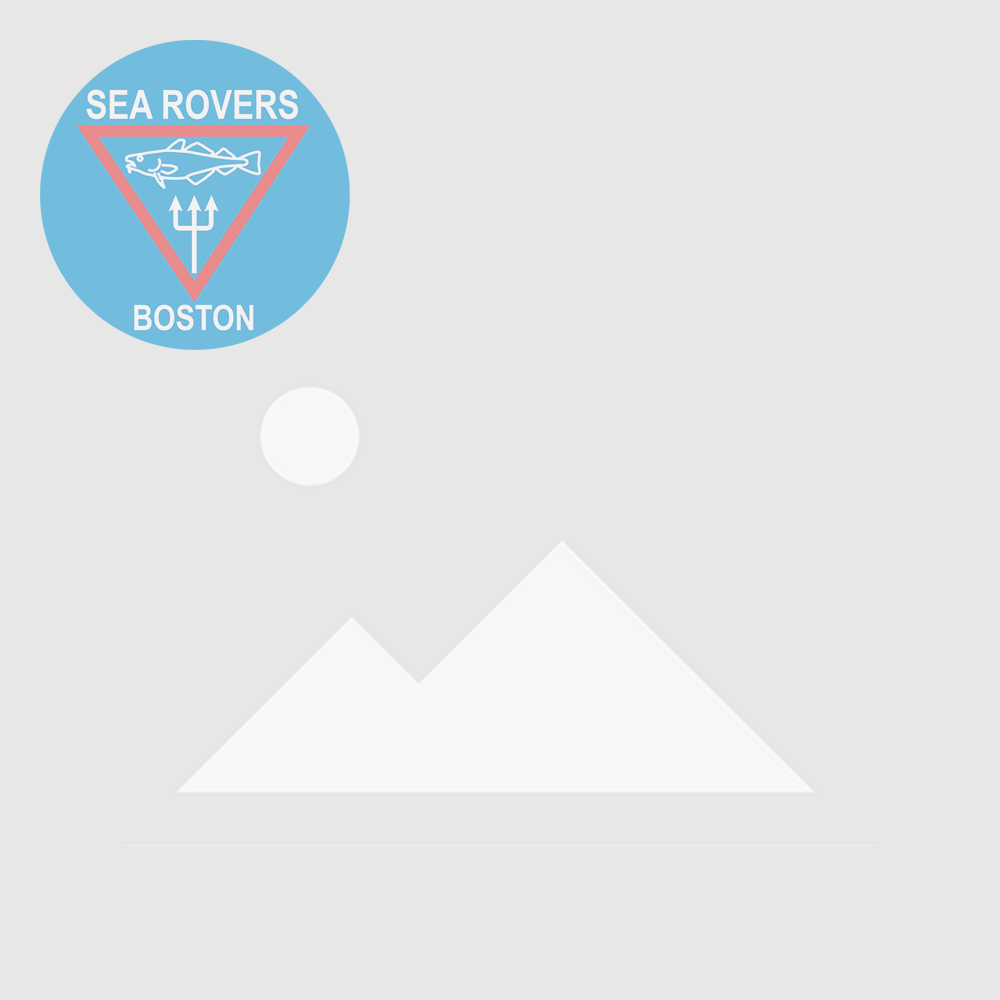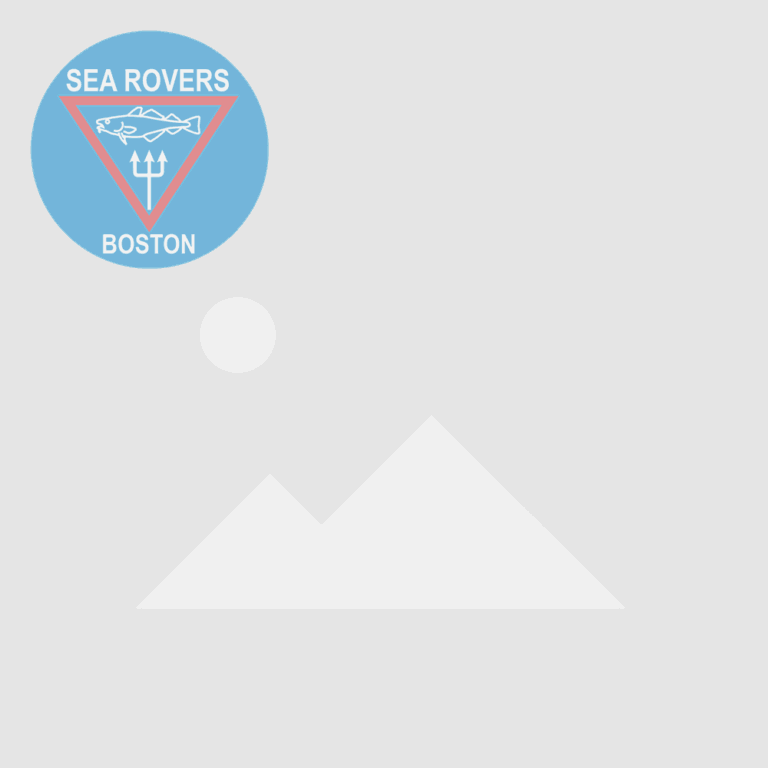New England Aquarium: Giant Ocean Tank
 I woke up this morning with eager anticipation; I was finally going to dive in the New England Aquarium’s Giant Ocean Tank, fulfilling a dream I’d had ever since I’d interned at the Marine Mammals exhibit there. For those who’ve never been to the New England Aquarium, the Giant Ocean Tank (or GOT) is a 23′ deep, 40′ diameter tank holding 200,000 gallons of seawater heated to 75F to simulate conditions in a Caribbean reef ecosystem. The tank houses a gigantic, 20′-tall fiberglass coral reef replica that over 600 fish (and a few turtles) call home. The species within the tank range from damselfish to balloonfish to tarpon to sand tiger sharks; pretty much every level of a typical reef food chain is represented in the GOT. One would expect this to result in a lot of bad news for the little guys in the tank–and a lot of tasty meals for the apex predators, like the sharks and the barracuda on exhibit–but fortunately that is not the case, thanks to the tireless efforts of the aquarium’s dive staff, who work all day to ensure everyone in the tank is well fed and taken care of. This group of dedicated staff and volunteers, whom I worked with for the day, prep four meals a day for the fish on exhibit; the food ranges from lettuce to zooplankton to squid to herring, with specific diets prepared for each species on exhibit. Some of the fish are feed at the surface, while the others are feed underwater by divers. In total, five dives are conducted each day, four for feeding and one for maintenance of the exhibit.
I woke up this morning with eager anticipation; I was finally going to dive in the New England Aquarium’s Giant Ocean Tank, fulfilling a dream I’d had ever since I’d interned at the Marine Mammals exhibit there. For those who’ve never been to the New England Aquarium, the Giant Ocean Tank (or GOT) is a 23′ deep, 40′ diameter tank holding 200,000 gallons of seawater heated to 75F to simulate conditions in a Caribbean reef ecosystem. The tank houses a gigantic, 20′-tall fiberglass coral reef replica that over 600 fish (and a few turtles) call home. The species within the tank range from damselfish to balloonfish to tarpon to sand tiger sharks; pretty much every level of a typical reef food chain is represented in the GOT. One would expect this to result in a lot of bad news for the little guys in the tank–and a lot of tasty meals for the apex predators, like the sharks and the barracuda on exhibit–but fortunately that is not the case, thanks to the tireless efforts of the aquarium’s dive staff, who work all day to ensure everyone in the tank is well fed and taken care of. This group of dedicated staff and volunteers, whom I worked with for the day, prep four meals a day for the fish on exhibit; the food ranges from lettuce to zooplankton to squid to herring, with specific diets prepared for each species on exhibit. Some of the fish are feed at the surface, while the others are feed underwater by divers. In total, five dives are conducted each day, four for feeding and one for maintenance of the exhibit.
The workday started with food prep; nothing like the smell of countless buckets of thawing seafood to wake you up! Squid were debeaked and depenned, shrimp were detailed (as in tails removed, not cleaned like a car–that took me a while to figure out,) capelin were sorted male and female, and everything was chucked into buckets, bags, and tupperware containers for the feeding sessions to come. For the first feed, I handled the needlefish and barracuda, chucking krill, silversides, and capelin out to any hungry passersby. Second feed found me paired up with Myrtle, unofficial mascot (and definite prima donna) of the GOT. Myrtle is a 75-year old, 550-pound Green Sea Turtle, and she cavorts around with an attitude that can only come from living in the Giant Ocean Tank ever since it was first built 40 years ago. She also eats quite a lot, being the only animal in the tank that fed at each of the four sessions; during my session with her, she gulped down a full head of lettuce, a dozen or so brussel sprouts, and a head of broccoli and seemed eager for more.
After lunch came the moment I’d been waiting for, as I suited up and prepared to dive into the GOT. Paul Leonard unfortunately could not dive with me that day, but I was placed in the capable hands of Dan Laughlin, assistant curator of the Giant Ocean Tank and Penguin exhibits. He made sure to show me that, while diving in the GOT is a job with a lot of responsibility, it’s also a fun and incredible experience. We scrubbed the “coral”, noted deposits of damselfish eggs on the walls of the tank, brushed Myrtle’s back with a convenient rock, and then I had the chance to just sit back and observe all the amazing animals interact peacefully around me. And as I watched Dan blow bubble rings to the sharks cruising directly over our heads, while hundreds of visitors peered at us through the glass, I realized just how lucky I was to be in that position, and how I wouldn’t exchange the experience for anything in the world.




